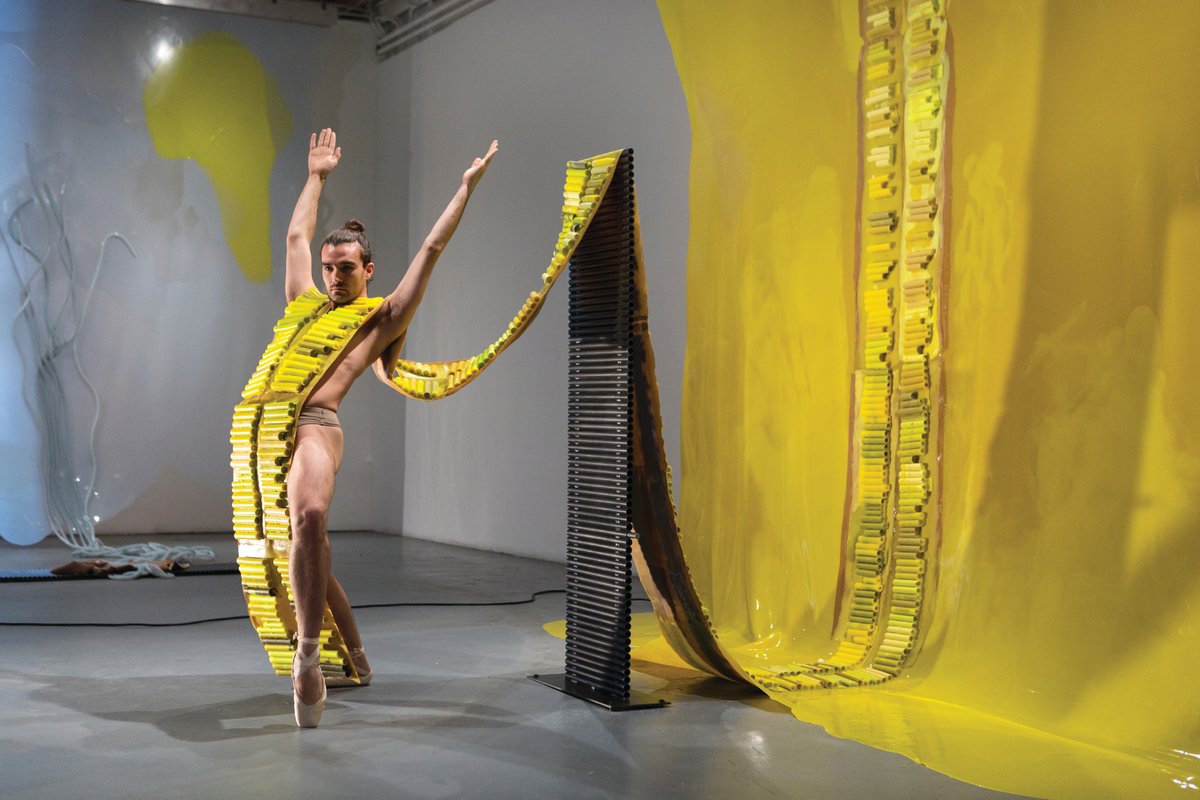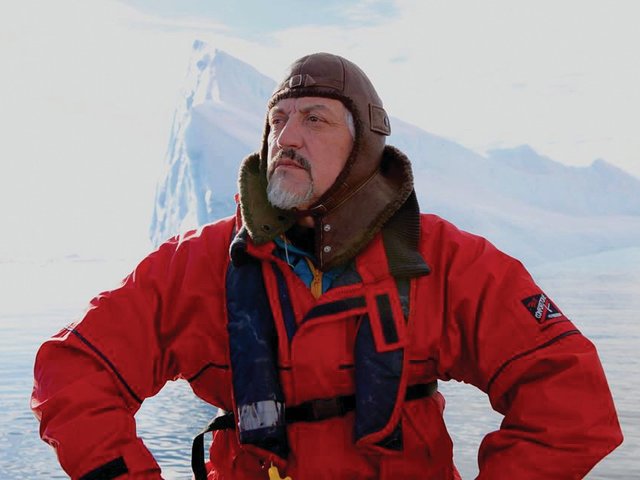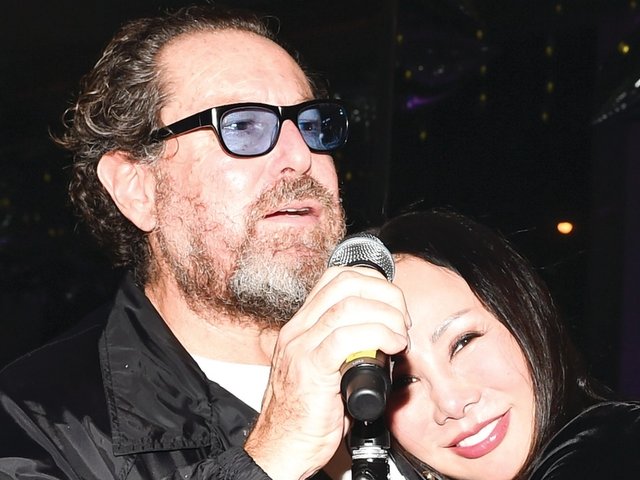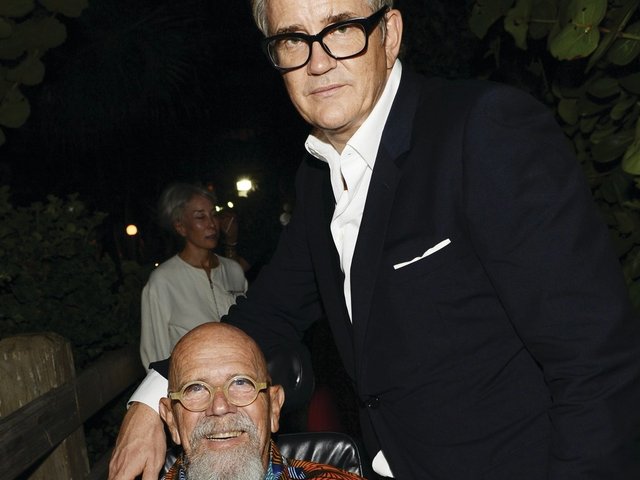Let the bile flow Visitors to the upmarket Design District would do well to swing by Locust Projects to see the Brooklyn-based artist Martha Friedman’s exhibition Pore, which includes a bodily fluid-themed performance piece involving 1,000lbs of rubber. Four giant sculptures made from sheets of rubber hang from the ceiling, waiting to be activated by the experimental dancer Silas Riener, who wears one of four costumes attached to each sculpture. Each work is a different colour to represent one of the four bodily humours.
Riener begins in the yellow bilious sculpture, luxuriating in it, almost, and lunging. By the time he has strapped himself into the sheet of black bile, he seems to have accepted his restraints. As Riener moves between the objects he is accompanied by a score from George Balanchine’s The Four Temperaments, edited into a hypnotic hum by Friedman.
“I’m interested [in reaching] all kinds of different audiences,” Friedman says. “Someone who’s interested in installation art and Silas as a dancer, or the relationship between hard and soft, The Four Temperaments, or even fashion.” But what about the crowd that came here in yachts? “Oh, no,” she says. “They’ll walk right in and turn around. But you never know.”
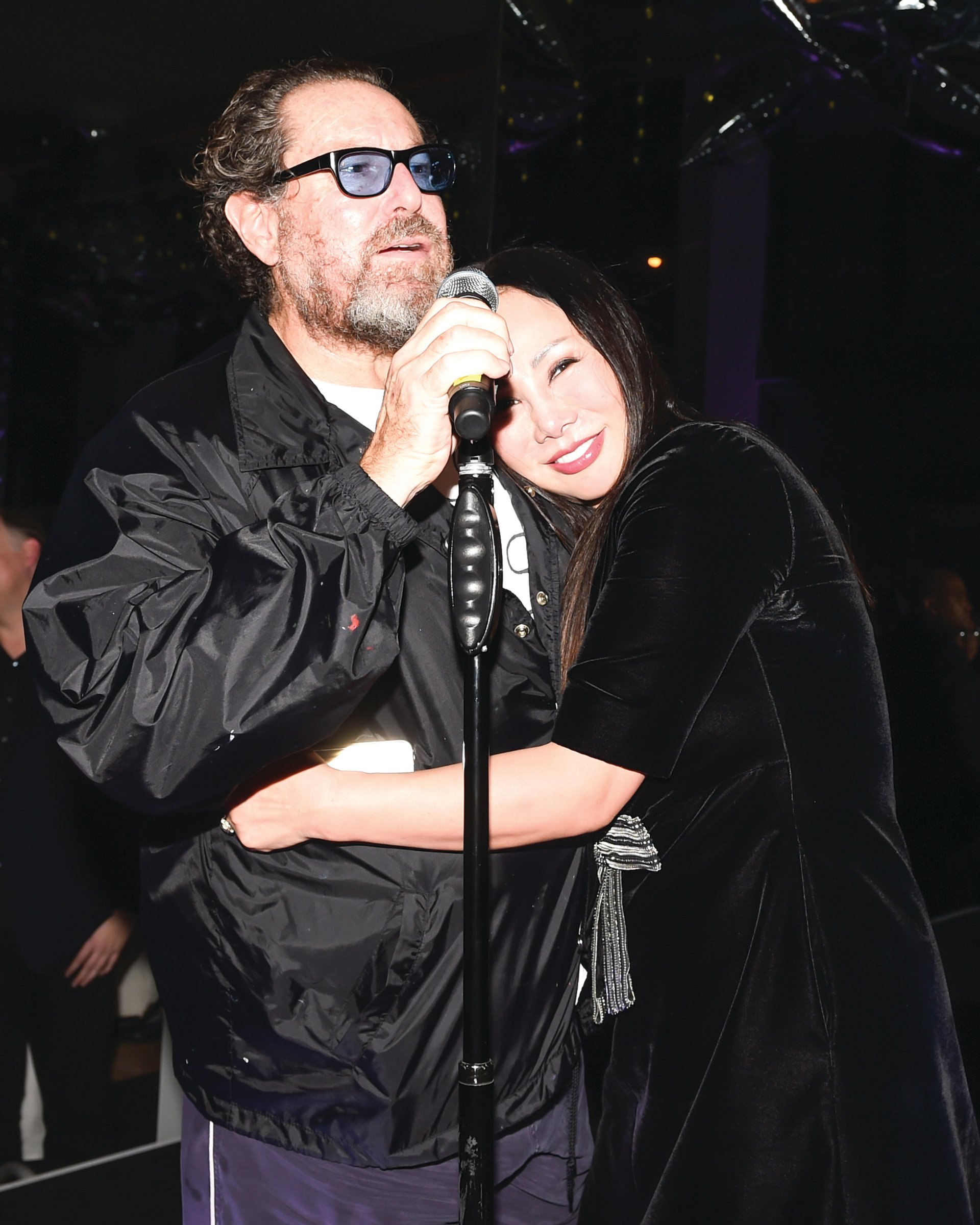
Julian Sh-Sh-Schnabel A cranky Julian Schnabel, in track-pants and blue-tinted glasses, leapt onto the stage on Wednesday night to defend his friend Eva Chow, who was giving a speech at a dinner party honouring her husband, the artist-restaurateur Michael Chow. Scolding the boisterous crowd, Schnabel said: “Hello? Hello? Okay, I know this is a cocktail party, but how about a little respect?” When Eva finished, the artist grew even more agitated as he tried to deliver his own introduction. “Can we be quiet for just about five minutes, maybe? Maybe the world would be a better place. Anyway, my goal—excuse me?” This went on for several minutes while Schnabel searched his phone for a passage of text by an art historian whose name escaped him. Naturally, the crowd again grew impatient, leading Schnabel to resort to shaming: “This is an art fair—it’s supposed to be about art.” In the end, the bartenders stopped serving drinks and the event’s publicist paced the room silencing anyone who dared utter a word.
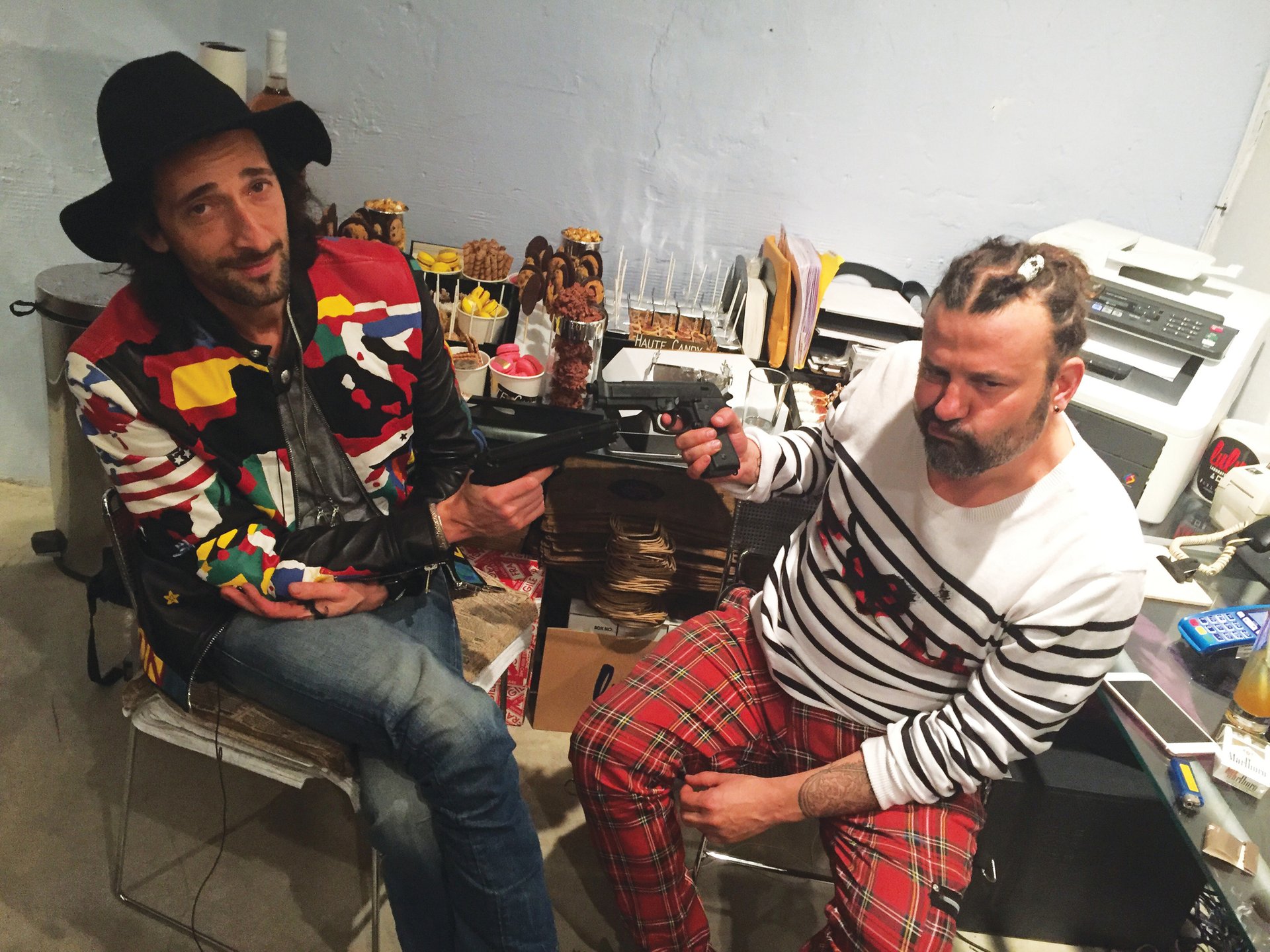
Adrien Brody dishes out guns ‘n’ burgers with attitude Actor-cum-artist Adrien Brody opened his show, Hotdogs, Hamburgers and Handguns, at Zapata’s Miami pop-up, the Lulu Laboratorium, featuring paintings of fast food, hooded youths brandishing pistols and a small armory of toy guns.
“I was considering what would be significant for me and for American culture,” Brody said, “and the first thing that came into my head was a hamburger.” We were relieved to hear that the foremost painter of cheeseburgers, Walter Robinson, was not threatened by another artist’s desire to depict the humble burger: “Cheeseburgers belong to no one person,” he quipped.
The opening took place as yet another shooting occurred in the US, and Zapata remarked that Brody’s work was meant to “make a statement that will change history”. But would it not make a bigger statement if the actor committed not to appear in any more films that glorify guns, like Predators (2010) and American Heist (2014)? “That’s not relevant,” Brody said. “I’m not here as that guy, I’m not here as ‘Adrien Brody’. I’m here as an artist.”
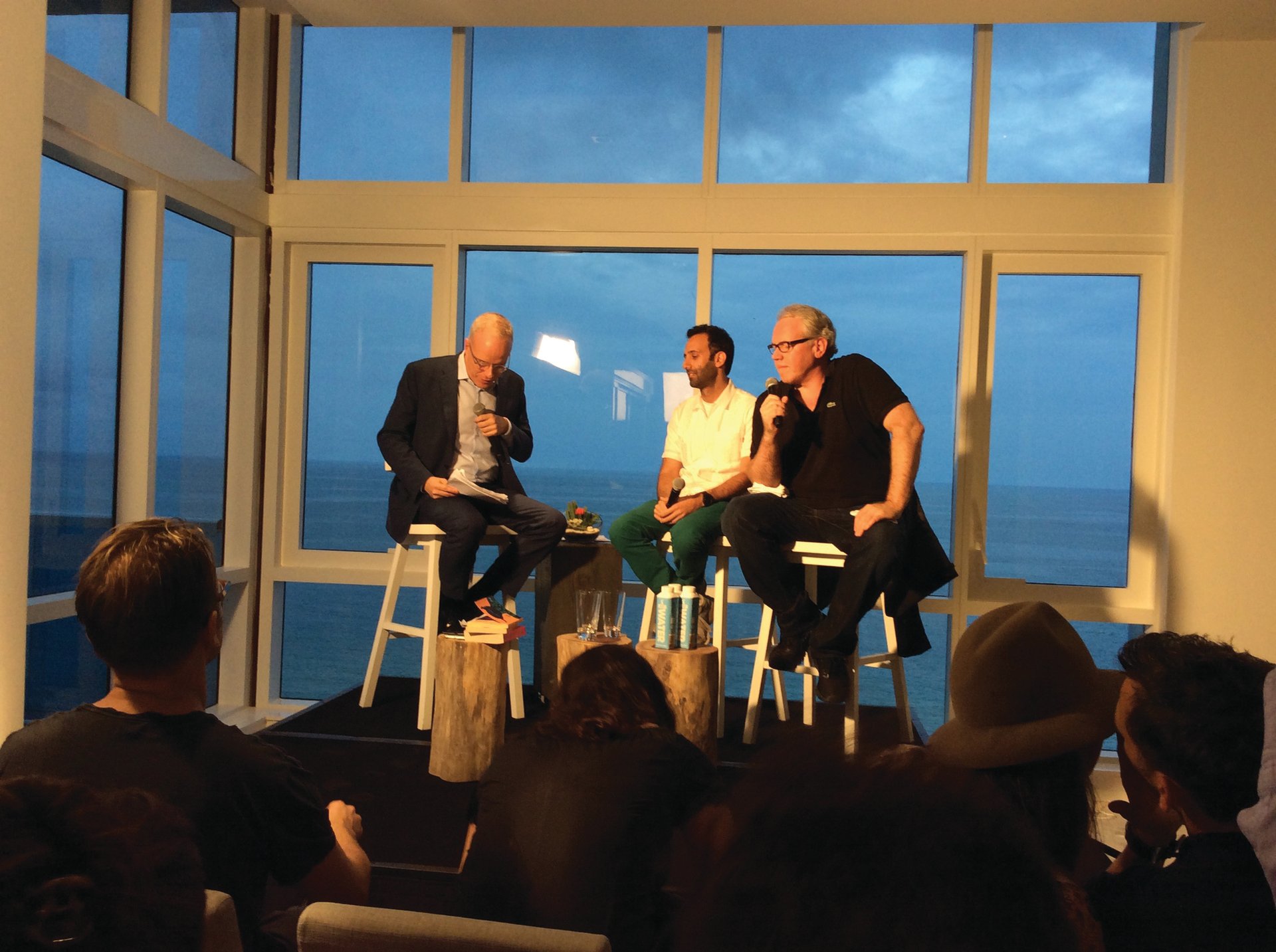
Too much pussy The American Psycho novelist Bret Easton Ellis worries that platforms like Facebook are “destroying young art” by encouraging the need to feel “liked” above all else. He also avoids inviting promotion-seeking guests onto his podcast, he said yesterday during a Surface magazine-sponsored discussion with the curator Hans Ulrich Obrist and the artist Alex Israel. But the event was actually an announcement for Ellis and Israel’s series of text-based paintings to be shown in February at Gagosian’s Beverly Hills space. The canvases depict images of Los Angeles accompanied by phrases such as “Numbness is a feeling”. “I wanted them to be a bit dirtier,” Ellis admitted. But Israel had vetoed all mention of the word “pussy”, citing his work on a 2008 book with Jason Rhoades, titled Black Pussy. “I had to say it like 20,000 times in six months so I thought maybe we would let that one go,” he said.
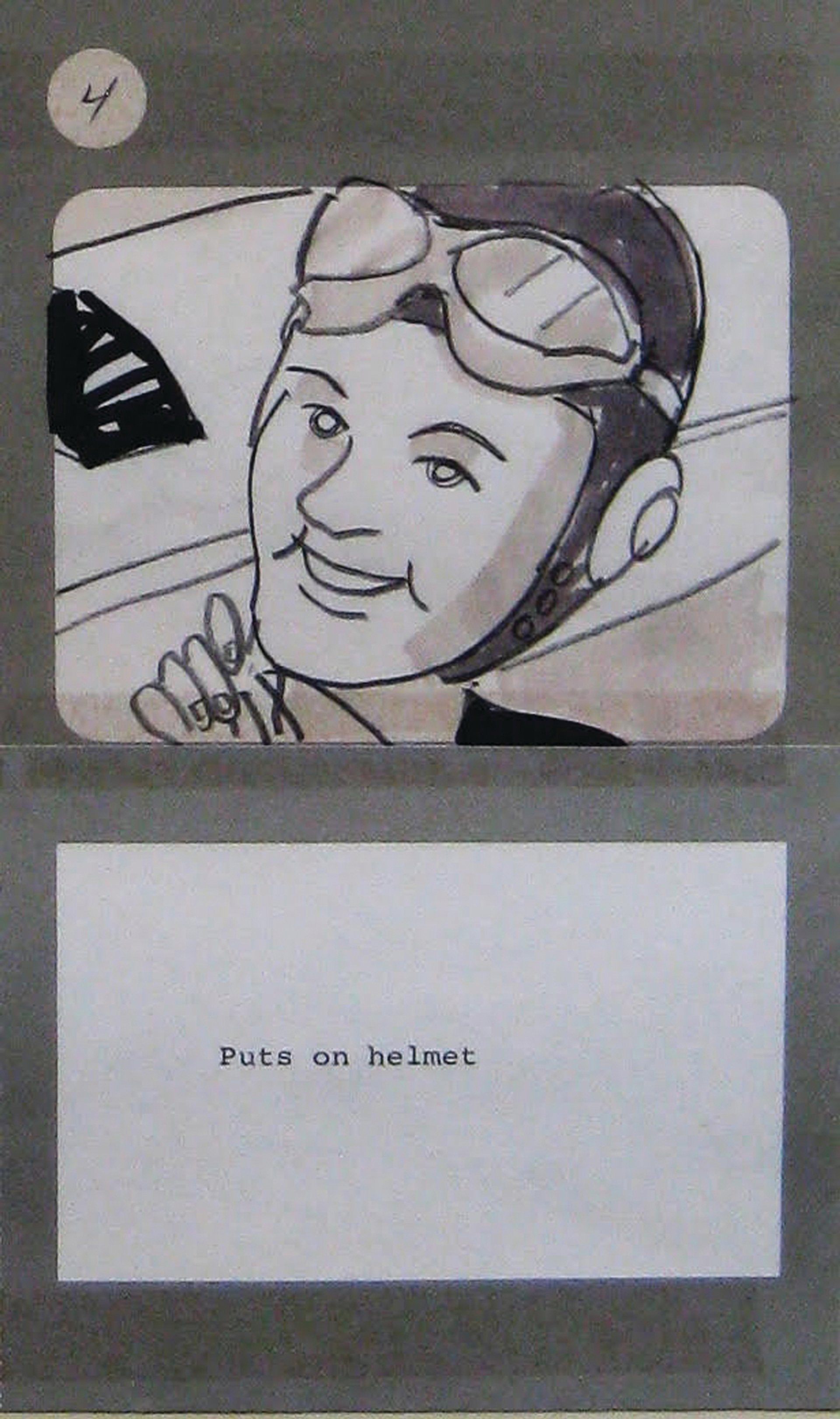
Ed’s TV special In the mid-1960s, NBC rejected storyboards that the then-unknown Ed Ruscha proposed for the opening sequence of a show hosted by the country star Roger Miller. “They were considered too zany,” says the dealer Todd Alden of Alden Projects, which is showing the drawings for the first time at Nada. One, made with the guitarist and composer Mason Williams, depicts Liberace piloting a Learjet that has piano keys instead of a control panel. The playful pictures proved a hit at the fair, with the artist Dustin Yellin among early buyers. Alden worked with Williams and Ruscha’s studio to show what the artist calls his “‘work-for-hire’ work”. It was important to have Ruscha’s blessing, he says, adding: “he’s not someone you want to be in trouble with.” Indeed.


